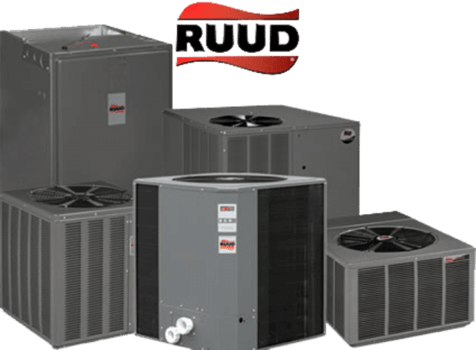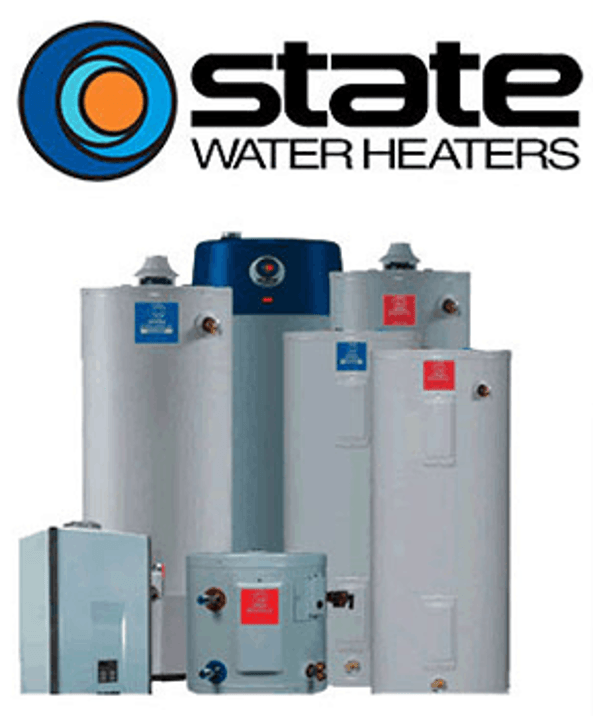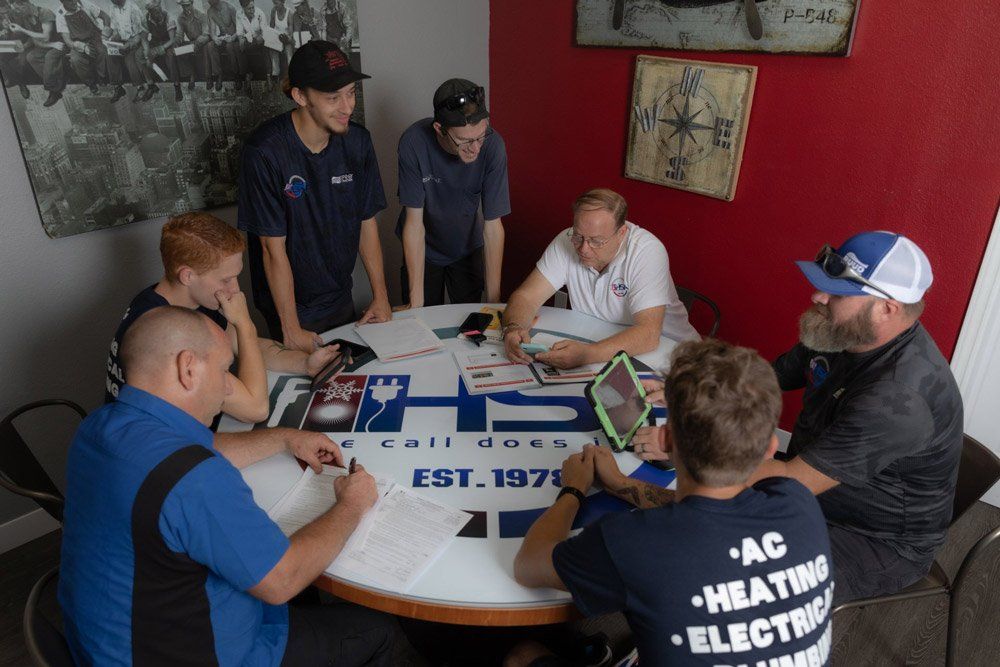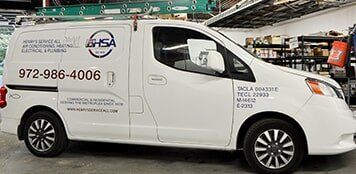4 Major AC Parts: An Overview
Admin • October 7, 2021
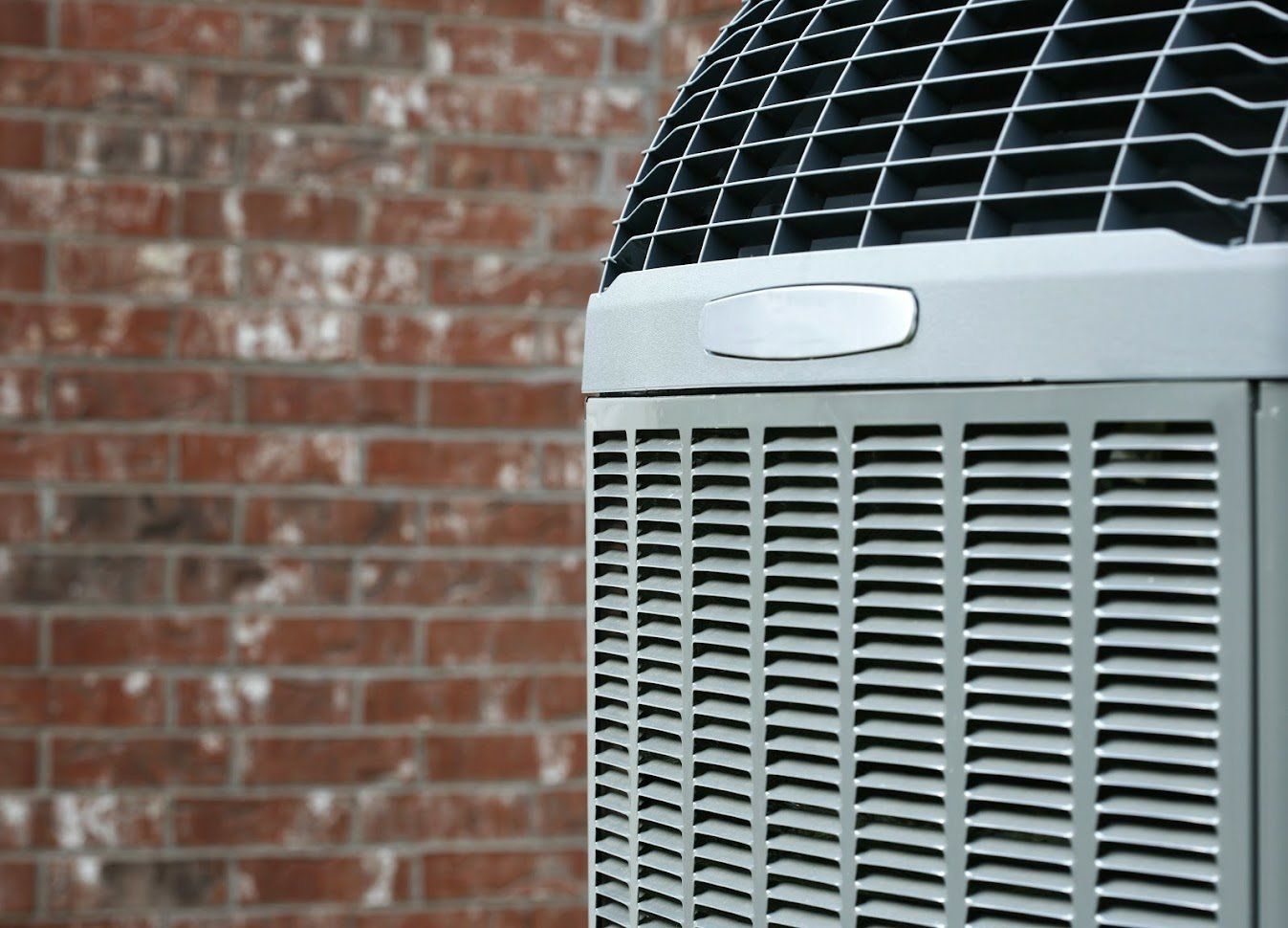
Understanding your air conditioner (AC) will help you use it efficiently and care for it. That way, your AC will serve you efficiently, and you will only have to call a technician for major issues. Below is a brief overview of the critical parts of a typical AC.
1. Thermostat
The thermostat reads your indoor temperature and sends the information to the AC's mainboard. The mainboard uses the feedback to adjust the temperature as necessary. You may also use the thermostat to:
- Set the temperature
- Read the set temperature
- Program future temperature settings
- Set the AC fan
Some of the settings depend on the type of thermostat.
Location
Locate the thermostat where it can read the accurate ambient temperature of the house. An interior wall, away from direct sources of heat or air (such as vents), makes a good location.
Care
A typical thermostat doesn't need much care. Just ensure that:
- The thermostat is clean since dirt can interfere with its functions
- The thermostat has batteries with power
- The thermostat's wires are not loose or damaged
Thermostats tend to last a long time before malfunctioning.
2. Evaporator
The evaporator absorbs heat from the air. That is the way the AC gets cold air to circulate and cool your house. The evaporator has series of tubes through which refrigerant flows. Warm air blows over the evaporator coil as it loses its heat to the refrigerant within the tubes.
Location
The evaporator sits inside the house near or on the air handler. That location allows the blower fan to blow hot air through the evaporator.
Care
The main care is to keep the evaporator clean. Debris buildup can insulate the coils and affect heat exchange, leading to impaired cooling. You should also prevent evaporator coil damage, for example, by limiting chemical exposure (such as cleaning chemicals) that can corrode the coils and cause a refrigerant leak.
3. Condenser
The condenser helps the refrigerant lose its heat. That way, the refrigerant can recirculate back into the house for further cooling. Just like the evaporator, the condenser also has a coil to facilitate heat exchange. The hot refrigerant flows through the coil as the air moves over it and absorbs the heat.
Location
The condenser sits in the outside AC unit. The outside AC unit is usually to the side or rear of the house. The location allows the condenser to dispose of your house into the atmosphere.
Care
Like the evaporator, the condenser needs to be clean to facilitate its main function - heat exchange. Gentle cleaning of the condenser is necessary since rough cleaning might damage its delicate fins.
Similarly, physical damage to the condenser coil can leak refrigerant and impair heat exchange. Flying debris and chemical exposure can cause such damage, so you should avoid them.
4. Compressor
The refrigerant leaves the evaporator coil as a vapor. The vapor then enters the compressor, which pressurizes and raises its temperature. The pressure and temperature increase are necessary to create a pressure difference between the compressor and evaporator refrigerant. The pressure difference facilitates refrigerant flow since fluids flow from high-pressure to low-pressure regions.
Location
Like the condenser, the compressor also sits in the outside AC unit.
Care
The compressor is one of the most critical parts of the AC. Use these tips to care for it:
- Keep the compressor clean.
- Ensure the refrigerant pressure is always adequate (that is, avoid refrigerant leakage and fix leaks as soon as they occur).
- Ensure the outside AC unit has adequate clearance for airflow.
Your HVAC technician will inspect the compressor during regular maintenance.
Henry's Service All has been in the heating and cooling industry for years. Contact us for all your HVAC needs and benefit from our professionalism and experience.



